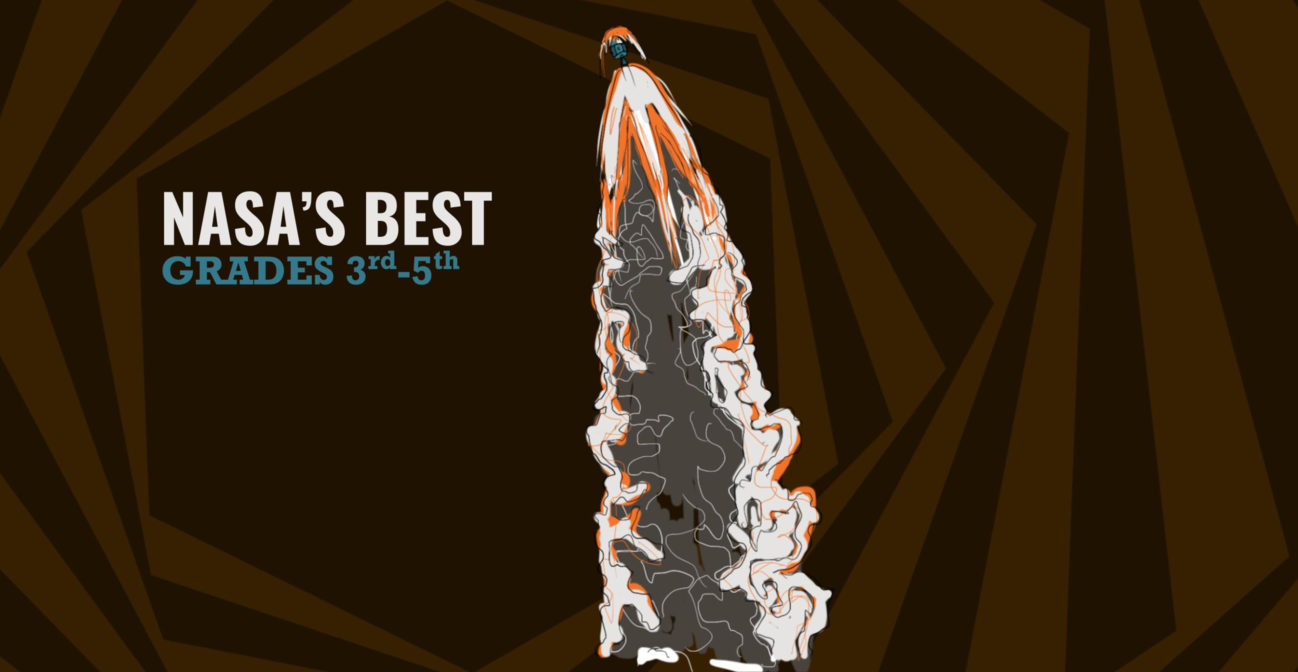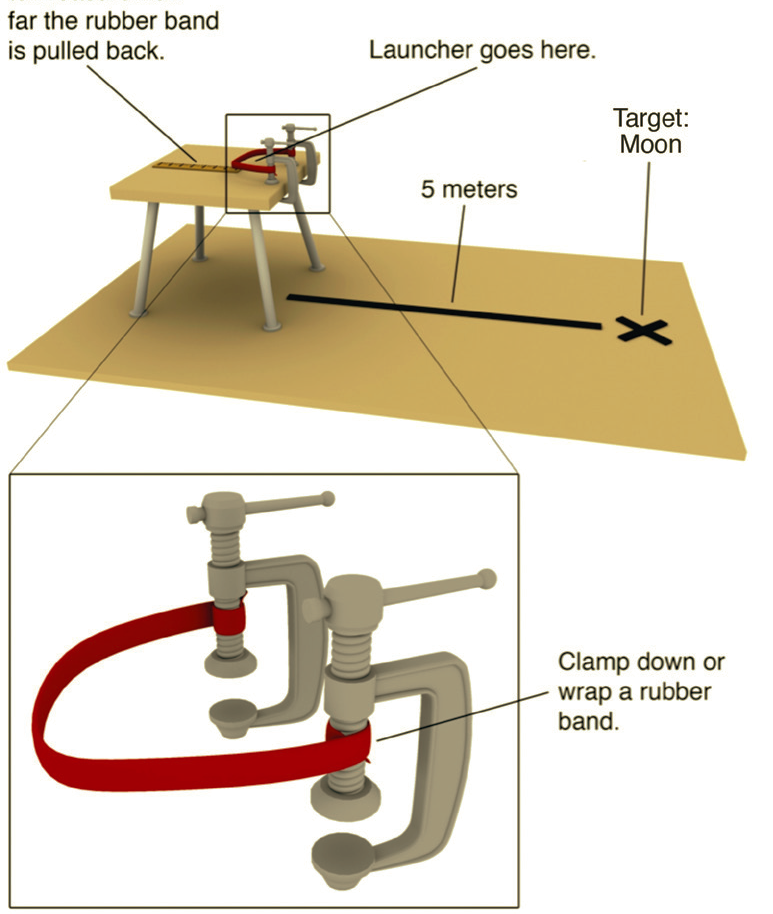Join us for conversations that inspire, recognize, and encourage innovation and best practices in the education profession.
Available on Apple Podcasts, Spotify, Google Podcasts, and more.

Grade 3-5 learners will be guided through a series of challenges that follow the engineering design cycle. Join NASA on an adventure through solving an engineering challenge to create a reusable launcher to send humans to the moon.
OBJECTIVE
To demonstrate an understanding of the Engineering Design Process while utilizing each stage to successfully complete a team challenge.
PROCESS SKILLS
Measuring, designing, evaluating
MATERIALS
STUDENT PAGES
Engage the students with the following questions:
The Moon is a very harsh environment. There is no atmosphere to protect astronauts and their equipment from solar radiation and the extreme temperature swings between night and day. Next session, we will begin to find ways to protect astronauts from those extreme temperature changes.
For years, NASA has been reusing launch components to send rockets and the Space Shuttle into space. For example, the solid rocket boosters (SRB’s) on the Space Shuttle are often retrieved from the ocean, brought back to Kennedy Space Center, then cleaned and prepped for another Shuttle Launch. Why? The same reason we recycle our aluminum cans. It helps the environment and helps us save money for future launches. During this session, you must design and test a Reusable Launcher for your Crew Exploration Vehicle that will journey to the Moon. Therefore, your goal will be to launch your CEV into an orbit around the Moon.
THE CHALLENGE:
To design and test a Reusable Launcher with the following constraints:

Write a hypothesis. Complete the following statement: By changing the distance the rubber band is pulled, our CEV will…
(See the worksheet on page 99 of the “Launch Your CEV” print version.)